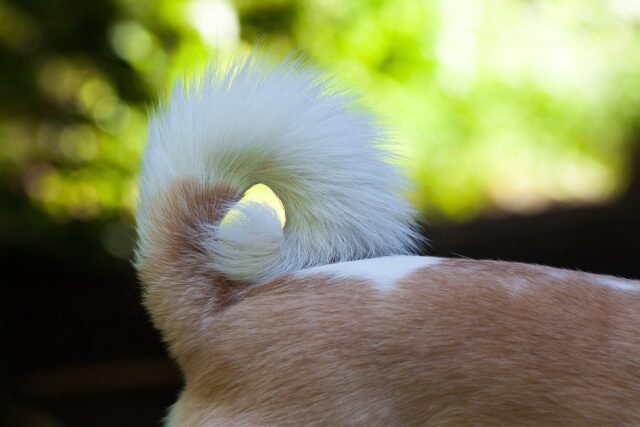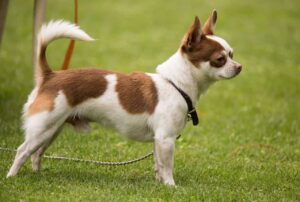
There is a belief that dogs wag their tail simply out of reflex. Whether they are excited at something or find something exciting or nothing, dogs wave their tails left and right as if they are an automated mechanism.
Recent studies, however, find that—depending on where the dog’s tail points—a simple “tail-wag” may mean more than just a “knee-jerk reflex” to our beloved canines, especially in response to their peers.

According to the findings, when a dog’s tail is moved and pointed rightwards, the dog is relaxed as if seeing an animal friend. Conversely, when the dog’s tail is moved and pointing leftwards, it suggests that the dog is feeling stressed as if seeing another creature that is hard to get along with, say a more giant and grumpy dog.
But, of course, discoveries of this nature only happen with a carefully planned experiment where deductions can be derived. To draw solid conclusions as to whether or not the direction where a dog’s tail is pointed as it wags has any significant meaning, the experiment involved 43 domesticated dogs of varying breeds.
To obtain more authentic information based on the experiment, the researchers equipped each dog with a vest that actively monitors its heart rate,
whose variation signifies an emotional impact on the pet, and a video that displays other dogs wagging their tails in two opposing directions: left and right.
Interestingly, when a dog sees a fellow canine wag its tail to the left, the viewing dog increases the heart rate and is seemingly anxious, said the researcher. Conversely, when a dog sees another dog wagging its tail on the right, the viewing dog appears relaxed and even shows approachable behavior towards the viewed dog as if signaling a sense of companionship between the two, the researcher added.
But while it is easy for us humans to dismiss the idea that a dog’s tail wagging in either direction is a means of cryptic dog language, researchers do not believe that to be the case.

According to the researchers, the dog’s reaction to the direction where the tail is pointed and wagging may elicit an automatic response or reflex commensurate to the perceiving dog’s different hemisphere of their brain.
Study researcher Giorgio Vallortigara of the Center for Mind/Brain Sciences of the University of Trento in Italy relates to the notion of humans, where the right and left hemispheres are believed to evoke different human functionality.
This implies that if a dog is biased towards a specific direction, it is also inclined to arouse a response equivalent to that.
For example, if the dog is quite biased toward seeing another dog’s tail in the right direction, that dog has the propensity to feel relaxed or somewhat optimistic. The same is also true when the dog is more centered toward seeing a dog’s tail to the left, which thus makes the dog feel more anxious, essentially akin to being a cynic.








